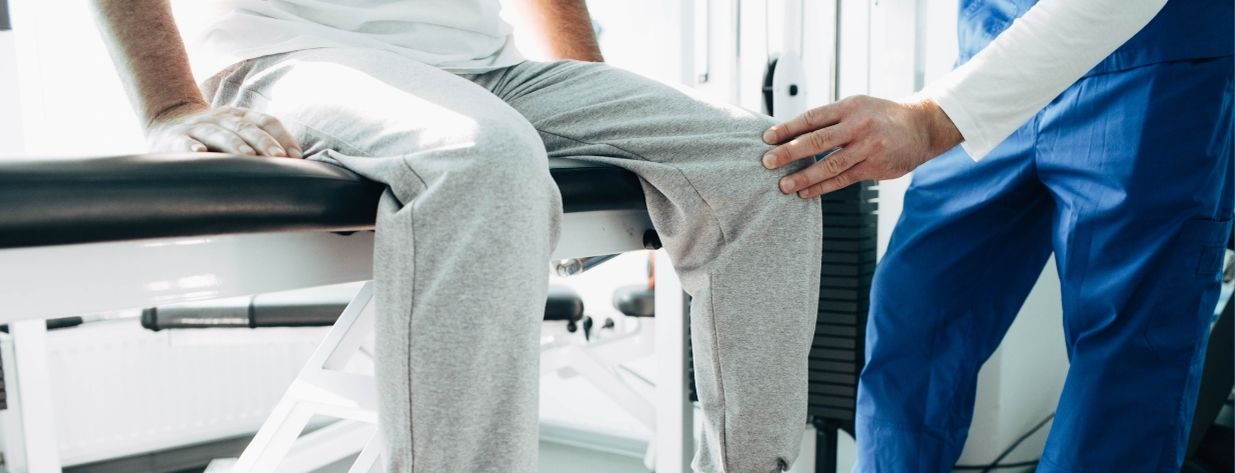Any orthopedist will tell you, more and more osteoarthritis cases are turning up in exam rooms. As the American population ages and gains weight, so does the incidence of osteoarthritis.
Economists agree. Market forecasters predict that the market size of one common osteoarthritis treatment, viscosupplementation, is on track to grow by 9.45% per year over the next five years. Where in 2021 osteopaths and hospital orthopedics departments billed $4.52 billion in viscosupplementation, by 2026, they’ll be billing 7.08 billion for the hyaluronic acid knee injections.
Alongside the increasing demand, however, runs an increased likelihood of prior authorization denials. The American Hospital Association reports that 89% of hospitals and health systems are experiencing increases in these denials. More, 51% of respondents characterize the increase in denials as “significant.” Denials often arise due to increasing prior authorization requirements, a phenomenon that makes getting procedures booked a lengthy and hassle-prone process. In the widely-cited American Medical Association’s 2020 AMA Prior Authorization Physician Survey, 80% of providers have had patients abandon treatment while waiting for prior authorization approval.
Current Tactics For Reducing Viscosupplementation Prior Authorization Denials
In a climate of increasing prior authorization requirements, osteopaths and hospitals must stay current on the most effective steps to avoid viscosupplementation prior authorization denials. Here at Infinx, we see that our providers employing the following tactics have the lowest prior authorization denial rates.
Careful coding
First, make sure your specialists know that the only covered diagnosis for this service is Osteoarthritis (OA). These are the most common:
| M17.0 | Bilateral primary osteoarthritis of knee |
| M17.11 | Unilateral primary osteoarthritis, right knee |
| M17.12 | Unilateral primary osteoarthritis, left knee |
| M17.2 | Bilateral post-traumatic osteoarthritis of knee |
| M17.31 | Unilateral post-traumatic osteoarthritis, right knee |
| M17.32 | Unilateral post-traumatic osteoarthritis, left knee |
Avoid unspecified diagnosis codes. Instead, encourage the provider to define the issue specific ICD-10 codes. If a pain diagnosis is also reported, osteoarthritis must be reported as the primary diagnosis. If you are reporting both an evaluation and management code along with the injection, the provider must know when it’s appropriate to submit based on the visit.
Follow medical necessity requirements
Because “medical necessity” is every payer’s objective, providers must do everything they can to meet that threshold. With hundreds of payers all having different definitions of medical necessity, the claims specialist’s job is not easy. While they are not the full list of requirements, these tend to be standard:
- Osteoarthritis established by x-ray results
- Documentation supporting that the patient has tried and failed conservative non-surgical treatment like the use of analgesics and NSAIDs.
- The presence of pain severe enough to interfere with the patient’s daily activities.
- The presence of knee stiffness or crepitus (the grating sound or sensation produced by friction between bone and cartilage.)
Demand For Viscosupplementation Is Rising. Keep Those Prior Authorization Denials Down With AI-powered Technology
An aging population isn’t the only driver fueling viscosupplementation demand. Today’s patients prefer minimally invasive procedures over surgical ones, and they are becoming more aware that this hyaluronic acid solution can alleviate their pain and get them active again. When prior authorization denials interfere with the provider-patient partnership, everyone is short-changed.
Staying current on ever-evolving requirements and updates among hundreds of payers has become a Herculean task. That 42% of denials stem from missing or unapproved prior authorizations indicates that providers are not as effective as they could be in obtaining prior authorizations. Worse, it indicates patients aren’t getting the care they need.
Particularly with widespread healthcare staff shortages, many providers are now turning to an automated, artificial-intelligence-driven prior authorization software solution. Infinx’s solution contains a constantly-updated database of 900+ payers (including CMS of course) and can return the most current requirements within 30 minutes. The faster this answer is received, the sooner the orthopedist can schedule care and relieve patient pain.
Adding AI-powered prior authorization solutions automates minimally invasive orthopedic procedures from the point of insurance verification and patient pay estimation and on through prior authorizations and insurance discovery.
Request a demo to see how our solutions ease the prior authorization process to optimize provider cash flow.
Get more of your viscosupplementation prior authorizations approved and claims through the system with these posts:
